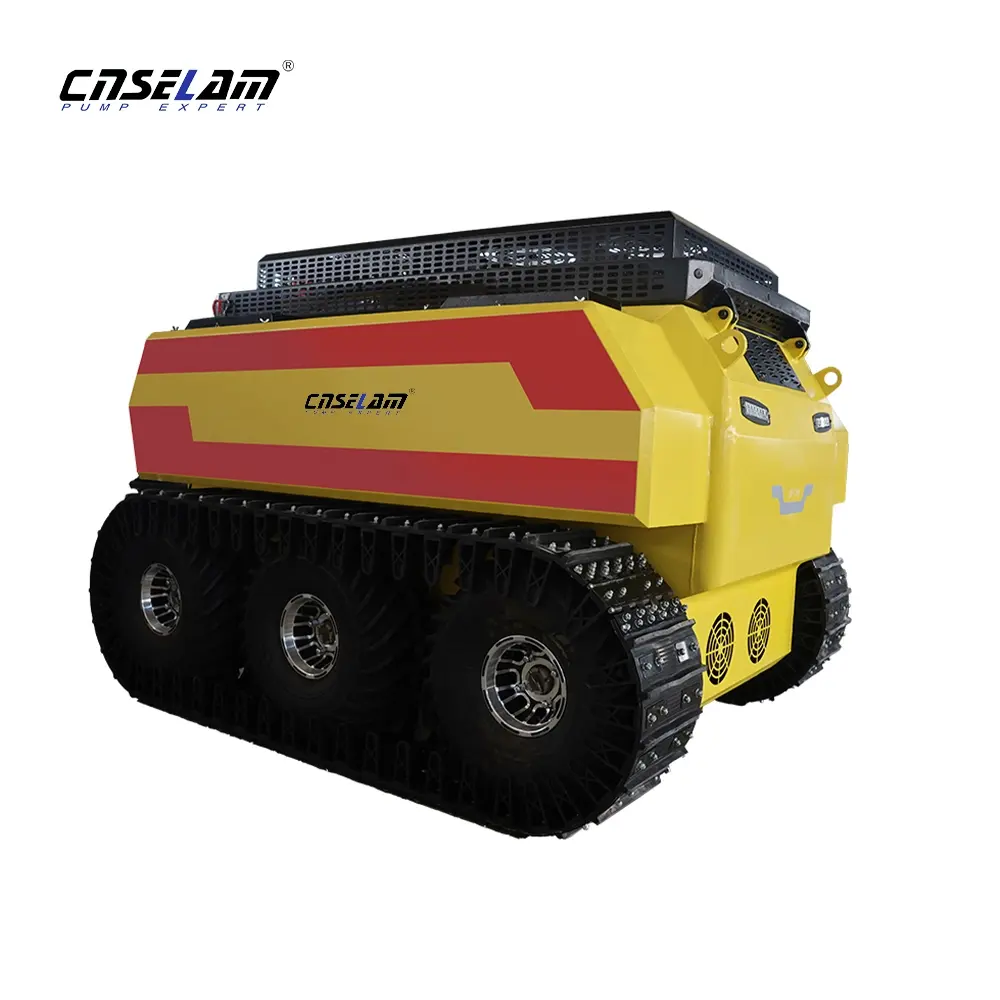Improving Hydraulic Power Unit Efficiency Maintenance and Diagnostic Technologies
Release time: 2025-08-12
Hydraulic power units (HPUs) play a vital role in industrial equipment. They are widely used in engineering machinery, metallurgy, aerospace, manufacturing, and other fields, enabling numerous high-precision and high-efficiency operations. However, the operational stability and reliability of hydraulic power systems are crucial. Equipment failures not only disrupt production but can also lead to high repair and operating costs. Therefore, effective maintenance and accurate diagnostic technologies for HPUs have become a hot topic in the industry.
Common Failures and Challenges of Hydraulic Power Units
Common failures of HPUs include pump damage, leakage, filtration system failure, overheating, and cavitation in the system. These failures not only affect production efficiency but can also lead to decreased equipment performance and even damage to other components, resulting in increased maintenance costs. To ensure the long-term operation of hydraulic systems, precise maintenance and diagnostic technologies are key to addressing these issues.
Intelligent Diagnosis: Combining Real-Time Monitoring and Data Analysis
In recent years, with the maturity of Internet of Things (IoT) technology, intelligent hydraulic systems have gained widespread application. By embedding sensors in hydraulic power units, the system’s operating status can be monitored in real time, capturing multi-dimensional data on pressure, temperature, flow, and oil contamination. This data can help technicians proactively identify potential faults, avoiding the reactive approach of routine maintenance, where problems often occur only after they occur.
For example, temperature sensors monitor hydraulic oil temperature fluctuations. Excessive temperatures could signal a pump or motor overload, or even severe hydraulic oil contamination. Flow sensors can detect abnormal flow in the hydraulic system, providing early warning of cavitation or leaks. Leveraging this real-time data, hydraulic system maintenance can be more precise, moving away from simple periodic inspections and toward predictive maintenance through intelligent early warning systems.
Predictive Maintenance: Reducing Downtime Risk and Repair Costs
Traditional hydraulic system maintenance typically relies on periodic inspections and manual judgment, which can have blind spots because equipment failures often occur quietly and unnoticed. Predictive maintenance analyzes hydraulic power unit operating data and uses machine learning algorithms to predict potential faults. This approach not only improves the timeliness and accuracy of maintenance but also effectively reduces unnecessary downtime.
For example, by analyzing data provided by sensors in hydraulic systems and combining it with historical fault data, advanced diagnostic software can automatically identify system anomalies and alert operators in advance. Before a fault occurs, maintenance teams can use this warning to perform necessary component replacement or adjustments, avoiding production line downtime and reducing repair costs.
Integration of Remote Monitoring and Cloud Platforms
With the continuous advancement of information technology, the integrated application of remote monitoring and cloud platforms for hydraulic power units is becoming increasingly popular. Through cloud platforms, hydraulic system operating data can be uploaded in real time, allowing enterprise managers and technical teams to access the latest status of the hydraulic system at any time. This approach is not only suitable for equipment management within a single factory, but also provides remote support for multi-regional enterprises.
The advantage of remote monitoring is that it significantly improves equipment availability and reduces production interruptions caused by equipment failures. Operators are no longer limited to viewing data on-site; maintenance engineers anywhere in the world can remotely diagnose and provide repair recommendations for hydraulic power equipment through cloud platforms, significantly improving maintenance efficiency.
Summary
As critical industrial equipment, innovations in maintenance and diagnostic technologies for hydraulic power units have a direct impact on production efficiency and enterprise operating costs. With the continuous development of intelligent, predictive maintenance, and remote monitoring technologies, fault prevention and early diagnosis of hydraulic systems have become more efficient and accurate. This not only effectively extends equipment life and reduces maintenance costs, but also ensures continuous and efficient production. The intelligentization and automation of hydraulic power units will also become key technologies for improving industrial production efficiency and safety.




.png)
.png)
.png)